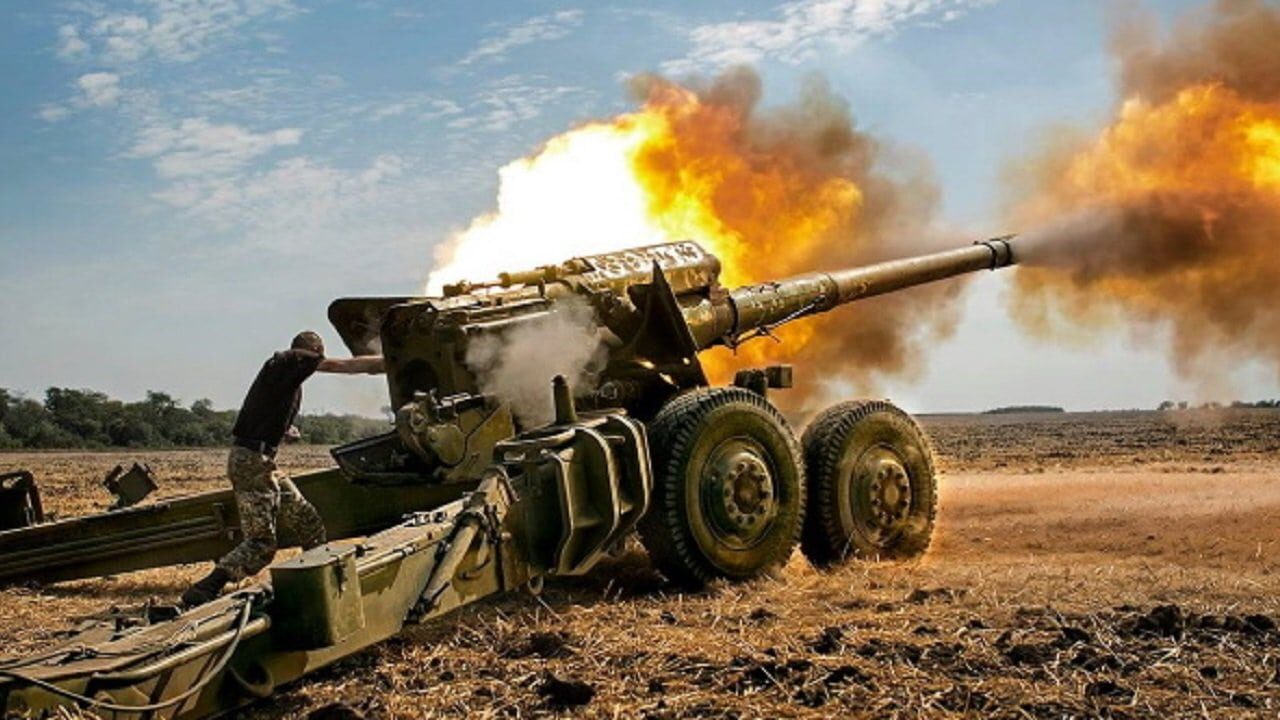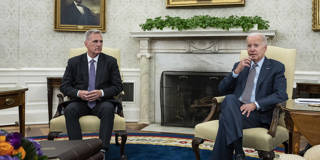Simone McCarthy

China’s envoy for the war in Ukraine ended a nearly two-week tour through Europe with a stop in Moscow on Friday, closing out a mission that served as a key test of Beijing’s bid to broker an end to the spiraling conflict.
Beijing’s stated interest in promoting communication toward resolving the conflict has been tentatively welcomed in Europe, where Chinese special representative Li Hui met with officials in Ukraine, Poland, France, Germany, and the European Union headquarters in Brussels in a tour starting May 16.
But Li’s trip has also laid bare the divisions between China and Europe when it comes to how peace can be reached — and served to underline Beijing’s close alignment with Moscow.
Li received a warm reception during his final stop in the Russian capital — where he previously spent a decade as China’s ambassador, with Foreign Minister Sergey Lavrov on Friday praising Beijing’s “balanced position” on the war and readiness to play a “positive role” in its settlement.
But across Europe, officials stressed a different point — the need for a peace that sees Russia withdraw its invading troops and Ukraine’s legal territory restored — and their interest in seeing China throw its weight behind that vision, which it has yet to do.
Instead Li, according to readouts from Beijing, called for building “consensus” toward peace talks and strengthening Europe’s own “security architecture” — a veiled reference to China’s view that Europe should not protect itself through institutions like NATO, which include the United States but not Russia.
“The basic problem is that China does not want Russia or Putin to appear to have failed … (and) a settlement that requires Russia to relinquish territories taken in the invasion would be a defeat for Russia,” said Steve Tsang, director of the SOAS China Institute at the University of London.














